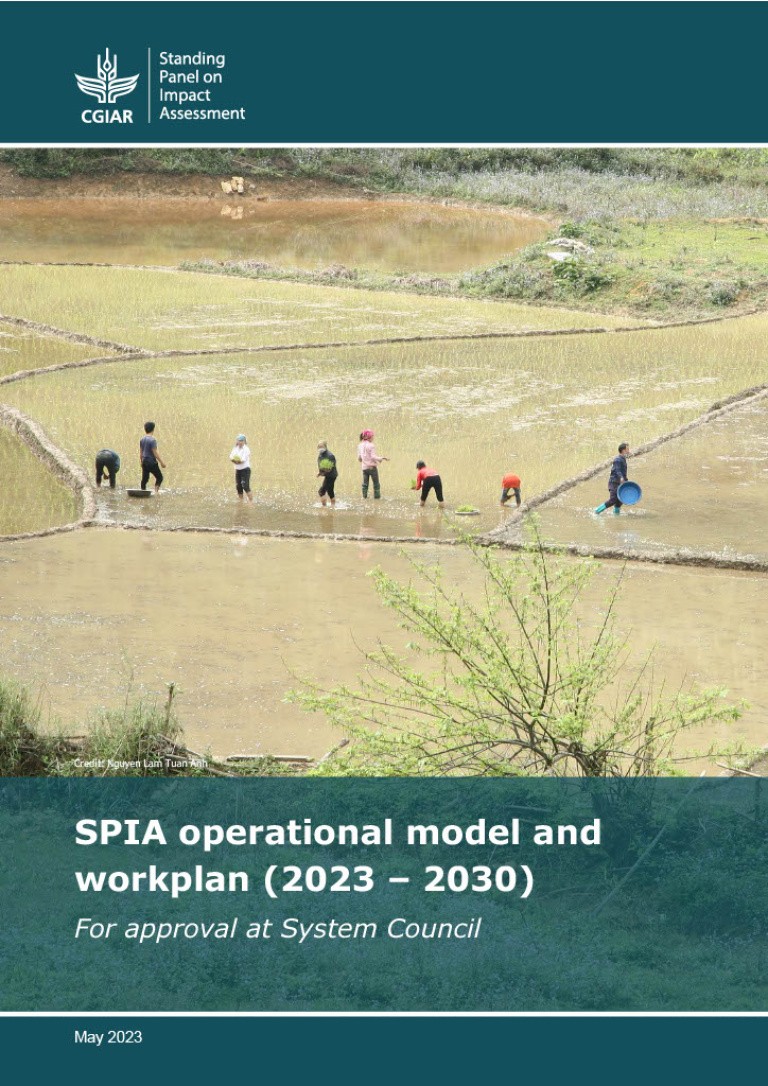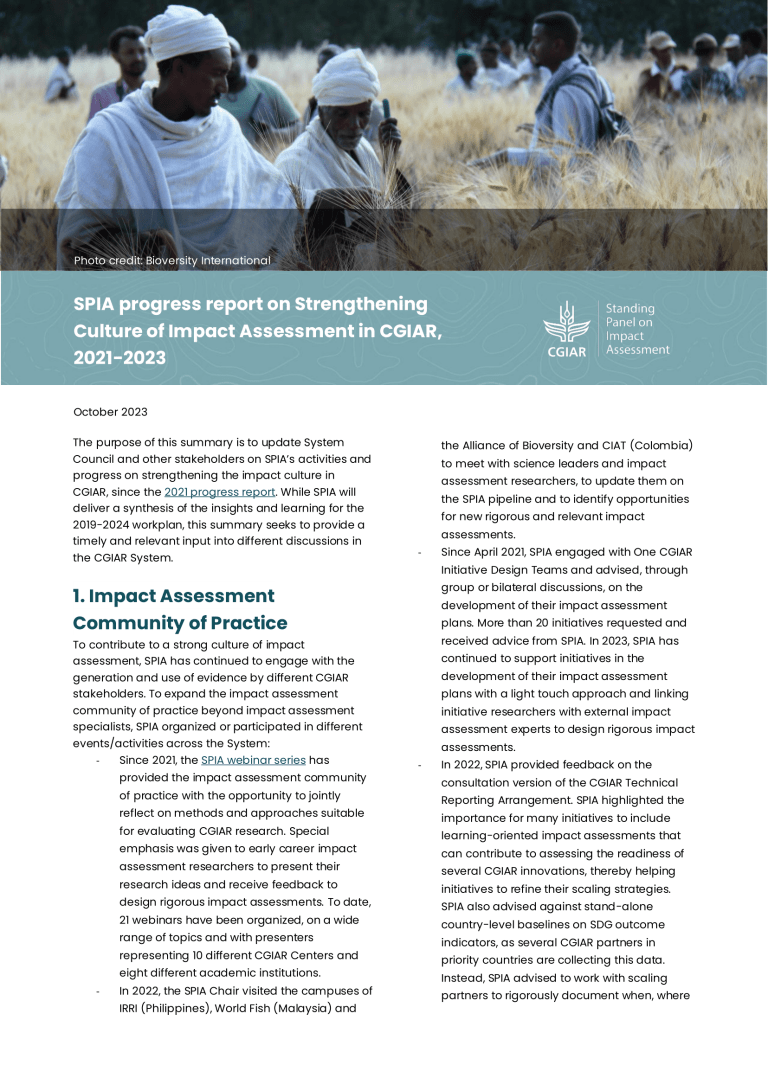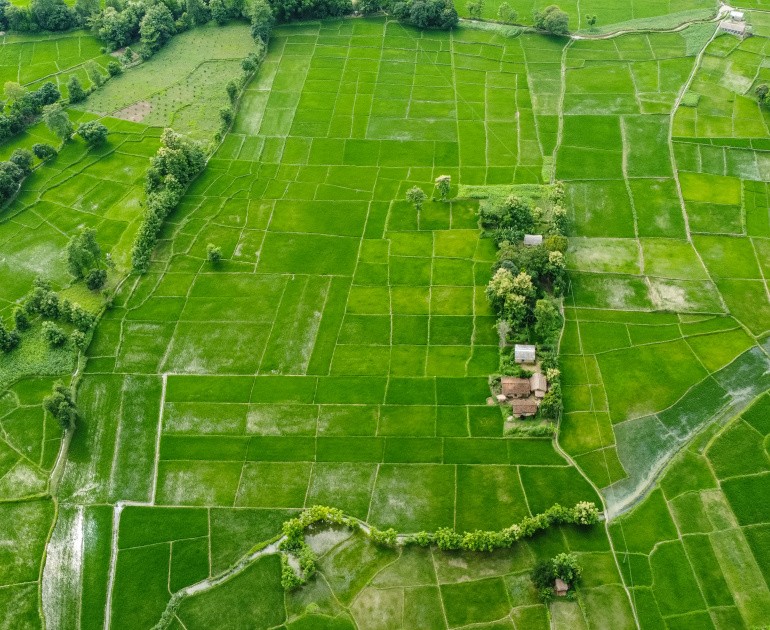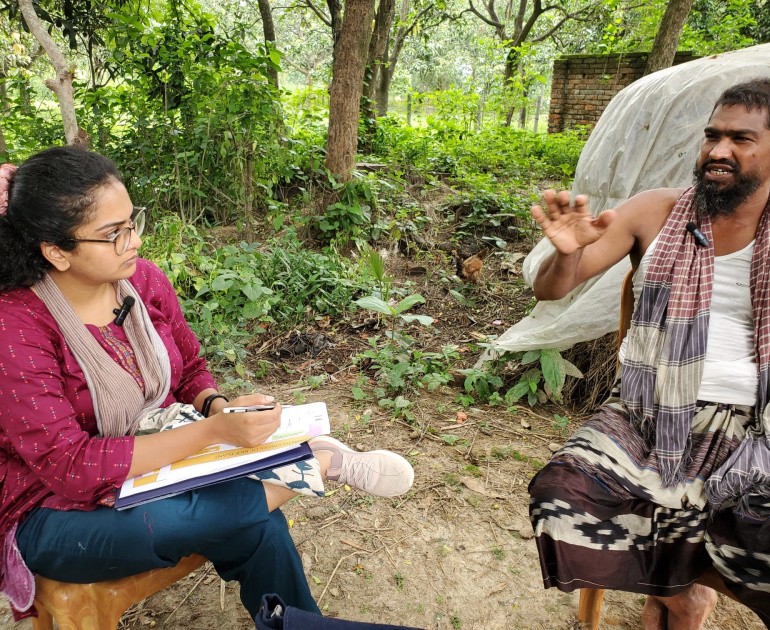Abstract
For more than 50 years, the international community has viewed agricultural research as a key instrument in the quest to improve livelihoods in the developing world. The work done by CGIAR and its partners has been hugely important; probably the best measure of its impact is the sheer extent of the adoption of CGIAR technologies by farmers and by governments. However, questions remain on how much CGIAR’s research has actually reduced poverty, and how best to describe, measure and assess such impacts.
This document analyzes and discusses different research methods that can contribute to an understanding of poverty impacts attributable to agricultural research. It takes it as a central premise that agricultural research can and does contribute to changes in poverty, and that there are numerous pathways through which such impacts are generated. The purpose of this study is to provide guidance for researchers who intend to carry out poverty impact assessments. It reviews methods used and lessons from a number of past impact assessments— including some commissioned or carried out by the Standing Panel on Impact Assessment (SPIA)—that have attempted to document poverty impacts. This document might also be a useful resource for research managers, including donors, who want to know what they can realistically say about the poverty impacts of their investments.
This research was supported by ISPC-SPIA under the grant “Strengthening Impact Assessment in the CGIAR (SIAC).”
Citation
Gollin, D., Probst, L. T., & Brower, E. 2018. Assessing Poverty Impacts of Agricultural Research: Methods and Challenges for CGIAR. Rome: Independent Science and Partnership Council (ISPC).
Author(s)
Gollin, D., Probst, L. T., & Brower, E.





